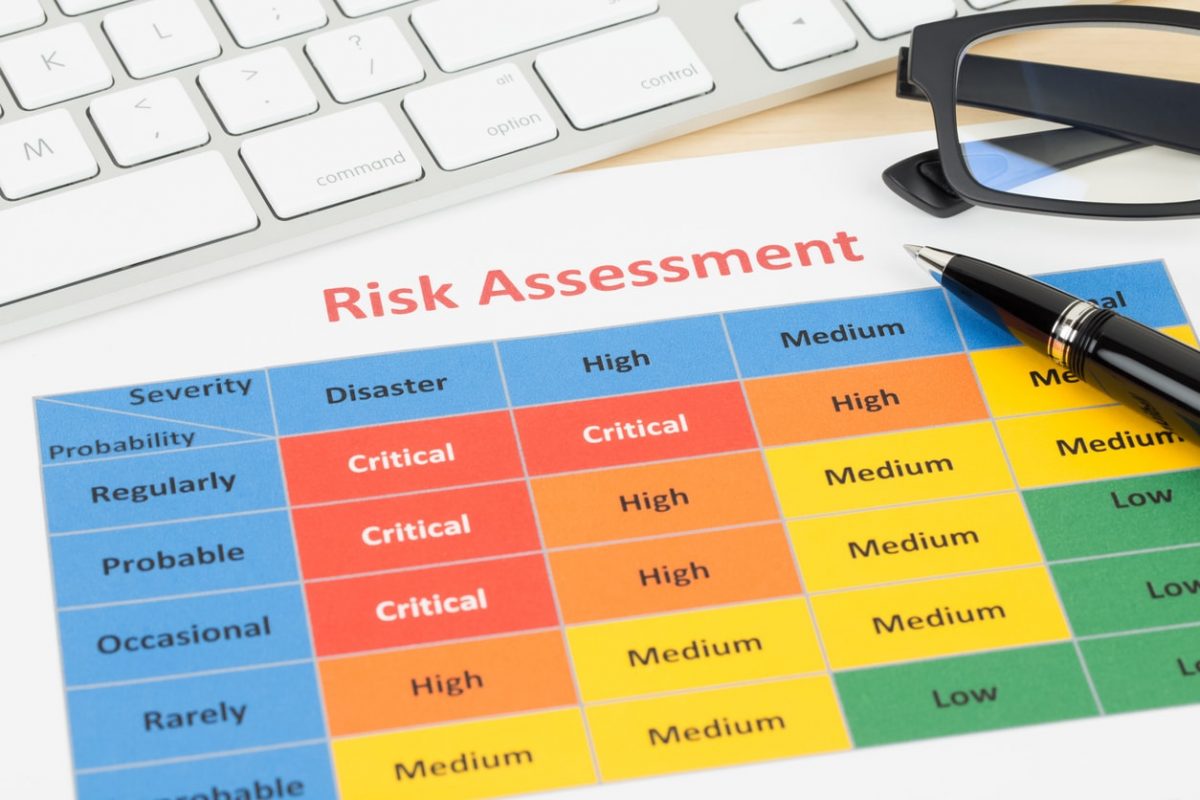Workers’ compensation insurance is a critical component of the modern business world. Most states require business owners to obtain this valuable insurance protection, which provides financial support for medical expenses and lost wages of employees injured on the job. Frequent workers’ compensation claims can drain the assets of a business, however, and investing in a safety and health management program can help to slash the costs associated with these claims. At its core, a safety program must include a root cause analysis; this tool can dramatically reduce claims while protecting a business’s most valuable asset: its employees.
Workplace Safety: The Key to Reducing Workers Compensation Claims
It should be no secret to learn that a safe workplace is a productive and profitable one. In addition to protecting employees from common injury risks, maintaining a safe workplace also helps to reduce the costs associated with on-the-job injuries. Workers compensation insurance is expensive already; add in unnecessary and avoidable claims and those expenses can skyrocket.
How can an employer improve workplace safety? The answer is in a safety and health management plan. This plan can include many measures, including:
- Evaluating employees for risks, including a history of filing injury claims, as part of the hiring process.
- Implementing safety training programs for all employees, and routinely re-training employees to ensure compliance with safety standards.
- Documenting all injuries, no matter how small or seemingly insignificant.
- Establishing safety protocols, including procedures for handling injuries if they occur.
- Supplying employees with personal protective equipment (PPE), especially in risky areas of operation.
- Monitoring compliance with state and federal safety standards.
- Undertaking a root cause analysis when injuries occur.
The Root Cause Analysis
When an employee is injured in the workplace, documenting the injury is a vital part of the risk management process, particularly when workers’ compensation claims are concerned. If the factors that led up to the injury are not evaluated and corrected, however, another similar injury could occur. This points to the importance of the root cause analysis.
At its heart, a root cause analysis is designed to focus on loss prevention and a safe workplace. Determining the underlying factor – the root cause – that have led to a workplace injury allows the employer to take the steps needed to remediate any potentially hazardous or unsafe conditions, thus reducing the likelihood of a future injury.
There are several additional benefits associated with adding a root cause analysis strategy to employer workplace safety plans, including:
- Identifying areas and processes within individual workplace departments where safety improvements can be implemented.
- Enhancing loss control measures based on the evidence collected regarding cause and effect in the post-injury workplace safety assessment.
- Promoting a culture of workplace safety throughout the operation by including all stakeholders (employees, managers, executives) in the analysis process.
- Reducing the risk of future injuries, thereby reducing the costs associated with avoidable workers’ comp claims.
It is important to note that a root cause analysis is not only a useful tool after a workplace injury or a “near-miss” where someone narrowly avoided an injury, but can be valuable even before an incident occurs. Employers owe their employees a safe workplace, and performing a root cause analysis ultimately creates a safer place by identifying potential sources of harm before they can interfere with productivity. It is also critical to understand that the goal of a root cause analysis is not to place blame on a particular person or situation resulting in an injury but to gain a deeper understanding of why an incident occurred. With this powerful tool in a company’s risk management arsenal, recurring injuries and the associated workers’ compensation claims can be reduced.
About Caitlin Morgan
Caitlin Morgan specializes in insuring assisted living facilities and nursing homes and can assist you in providing insurance and risk management services for this niche market. Give us a call to learn more about our programs at 877.226.1027.


